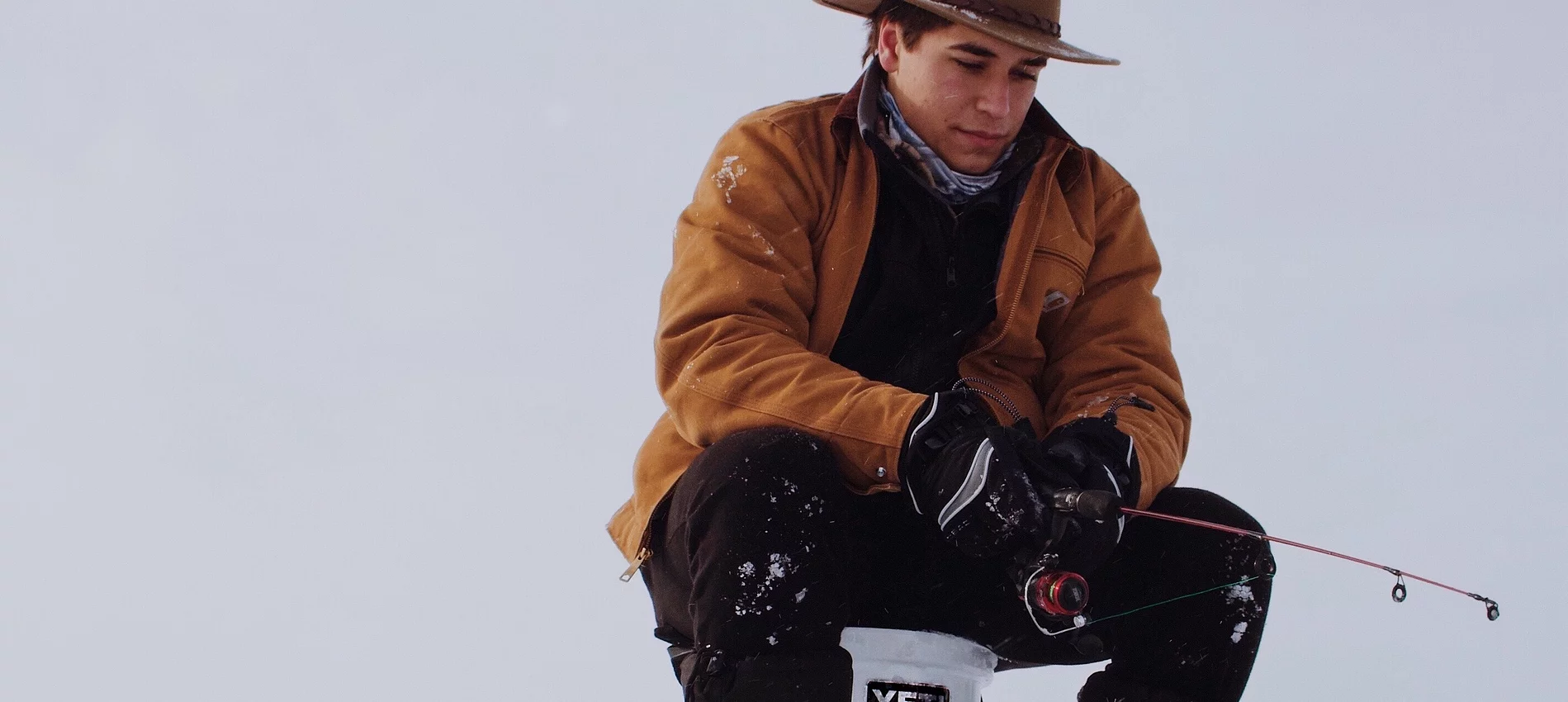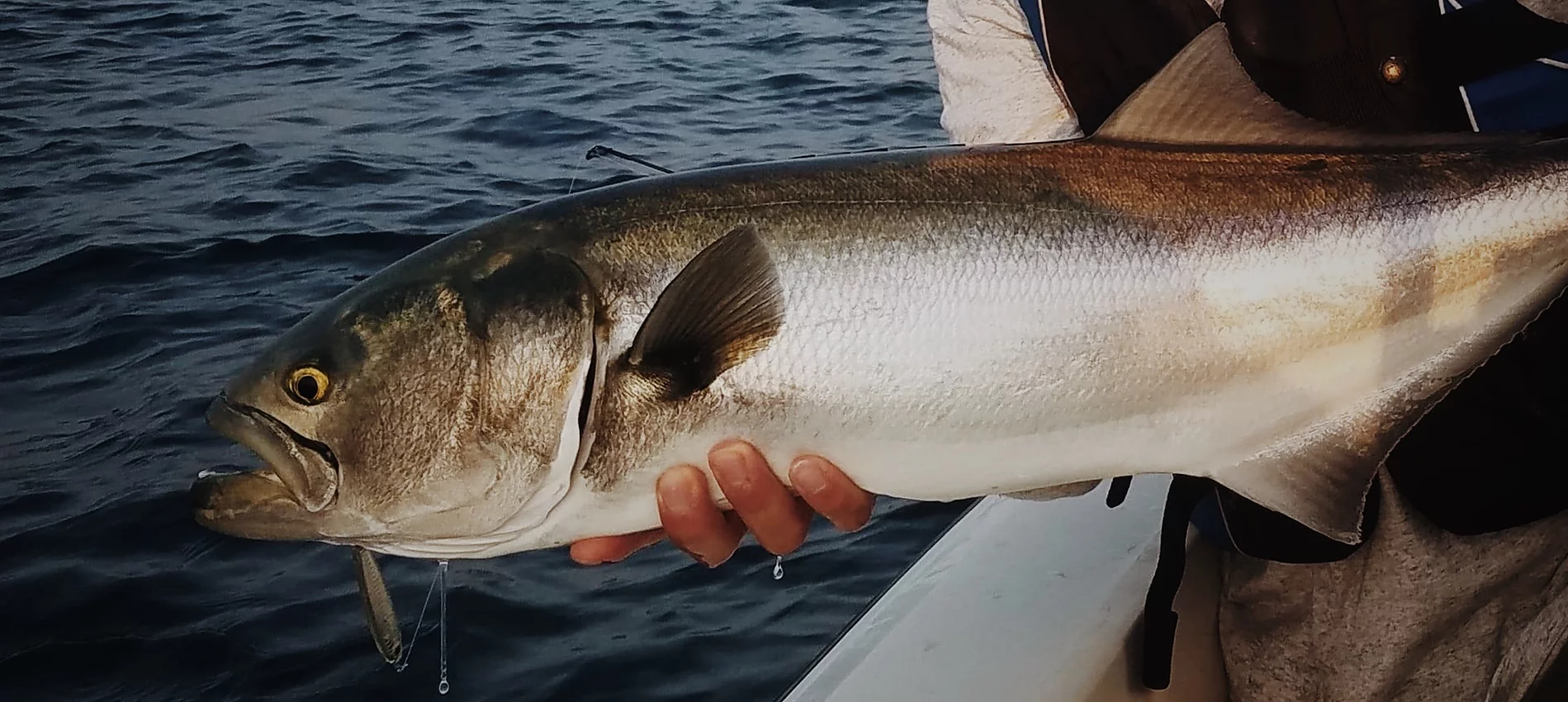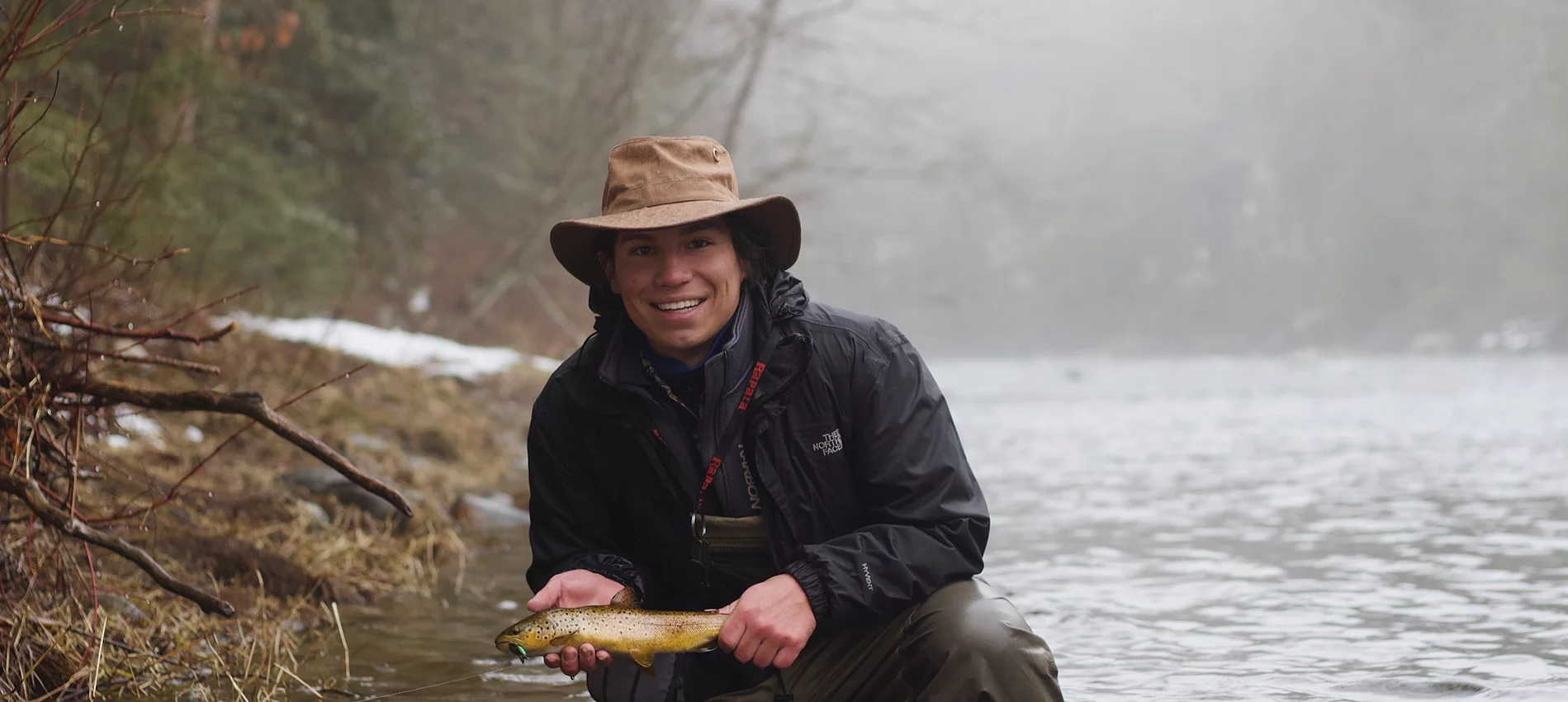How to choose the right fishing point on the feeder
Even novice fisherman know that the reservoir's fish are extremely unevenly distributed. The 80-20 rule for fishing is generally accepted with some reservations. A reservoir's 80% fish area should be 20%. If the water area remaining is not empty, then it will most likely be small.
They are often found in areas that are very unevenly distributed and they almost always represent anomalies at the bottom. Here, amongst the " stadium ", a hillock of solid ground rises. A strange anomaly? Naturally! Is it an anomaly that the channel ditch is used to limit shallow irrigation? It is! Is it an anomaly for a rocky ridge to be located fifty metres from the shore? You bet! There are better chances of getting a bite from fish in these places than those that are only a few metres away on a flat bottom. Yes. She will be more likely to come to your plot if it stands out from the rest of the bottom.
The person who grabbed the feeder has to find such a location. This can prove promising for fishing. This is because, as luck would have you know, these areas are not visible on the surface. They can be quiet and smooth and you may have to sweat a lot in order to find a fishing spot.
The depth of the fishing spot
Any body of water can be described as a closed system. It had to have a certain relief from the shore before it was filled with water. Hollows, hills and elevations, reclamation ditches as well as streams and rivulets, were all affected by flooding. Anglers must first check the visibility zone for anything like this.
The " on-account " method is used to study the water area.
It is the easiest and most intuitive way to do it for each one of us. You will need a rod with an inertia reel, a braided cable, and a special marker load.
Because such a load sinks 1 meter per second, it is commonly used as the standard weight. The sinker must be sunk for at least two seconds from the time it touches water. Let's now make a reservation.
The tackle is not enough. An angler also needs a checkered leaf, a pen and a pencil to record the data. Here's the list of actions:
The angler casts at the desired distance, then clips the leaf and counts how many revolutions it took. If it turns out to have been 60, he will need to do so again. This point, which will be the furthest from our measurement, is marked on a leaf.
Repeated casting at the same distance means that the angler will count the time it takes for the sinker to sink. Let's suppose that the weight of the fish fell to 6. The data are entered in the " statement ".
- The angler clips the reel and makes five turns before re-clipping the line. Therefore, the angler will cast the next casting at 55 revolutions instead of 60 (with strict observance, of course). ?
- The angler calculates the time taken for the sinker's descent at this distance. The data are entered on a leaf.
- The spool is cut, five turns made casting, counting dive time, data – on a leaf.
After 8-10 minutes, the angler is given a conditional map of the depth in a certain direction. His task now is to explore additional directions. For example, he could go 45 degrees to the right and left relative to the current position. This should be enough to locate a promising point.
We get the output map which has approximately the following content. The sinking time of the sinker from the bottom increases the depth. This is reflected in the decrease in stranding. In this particular instance, there is a riverbed that has two eyebrows. This is where I would have begun fishing if I were fishing in the same area.
Using marker equipment
While the above method is straightforward and highly effective, it is conditional. Depth determination takes place at the cost. There may be some tangible errors. One person counts faster than another. To locate the fishing spot, it is easier to use marker equipment.
This installation was made by carpfishing and is a bright, visible, and heavy float attached to the fishing line. A marker sinker is placed above the float. The sinker's weight exceeds the float's carrying capacity and pulls it down to the bottom. Pre-made kits are best for proper installation.
The second element that must be purchased is a non-inertia fishing reel with a Baitrunner. This allows you bleed a small amount of fishing line, up to several centimeters.
Also, mark the rod's form in the area of your reel holder to indicate the measurement - for example 25, 50, 75, 100 and 100 centimeters. Experienced anglers suggest using a special marker stick to measure the rod. A feeder made from high-quality carbon fiber and a braided cable on the coil's spool is sufficient for beginners.
The following is the order of actions:
The angler simply throws the desired distance, then clips the leaf and counts how many revolutions it took. If it turns out to be 60, he will do so.
- This point, which will be the furthest in the measurement, is marked on a leaf.
- Casting is done at the same distance. As the equipment sinks, as can be seen by the sagging fishing line. The bytrunner stops and the angler moves smoothly to pitch the line in equal pieces. You should aim for a distance of about half a meter. Continue to do this until you see the floating float. The amount of strained fish line at the fishing spot will be the same, but not conditional. It is the most accurate. The figure is written on a leaf. The angler then clips the reel and makes five turns before re-clipping the clip. Therefore, the angler's next cast will not be at 60 but 55 revolutions.
- The line is cut until the float ascents.
Like in the previous case measurements must be taken all along the shoreline and in at least three directions relative the angler. Only this way, the picture will be as accurate and complete as possible. The only thing left for an angler to do is choose a good fishing spot. Our particular case shows a rise in the number of revolutions between 50 and 35, which indicates the presence or " navel ". Perspective points will be the upper border and the lower border at the base.
Using a portable Echo sounder
For those who don't want to bother with counting, this is the way to go. This class of modern devices is perhaps the best way to measure depth and find the fishing spot in relation to it. Deeper Sonar Pro+, a striking example of such echosounders, is an excellent example.
A portable echo sounder is a heavy floating device that has sonar built in. Attached to the fishing line, the device is thrown into a pond using a strong rod. In this scenario, any smartphone or tablet equipped with Bluetooth or WiFi software is the receiver. It is anyone.
It is as simple as tying the rod to the smartphone and synchronizing the device with the smartphone. The smartphone screen will display information such as the current depth, water temperature, and fish in the sensor region. With the aid of a reel, the angler brings the echo sounder to the shore. Then, he or she monitors the depth change and starts the fishing line underneath the clip. Everything is quick and simple.
You can see that it is easy to determine depth. The next task in this situation is to examine the relief and soil nature, as well measuring the distance for fishing, but that's a different topic.


